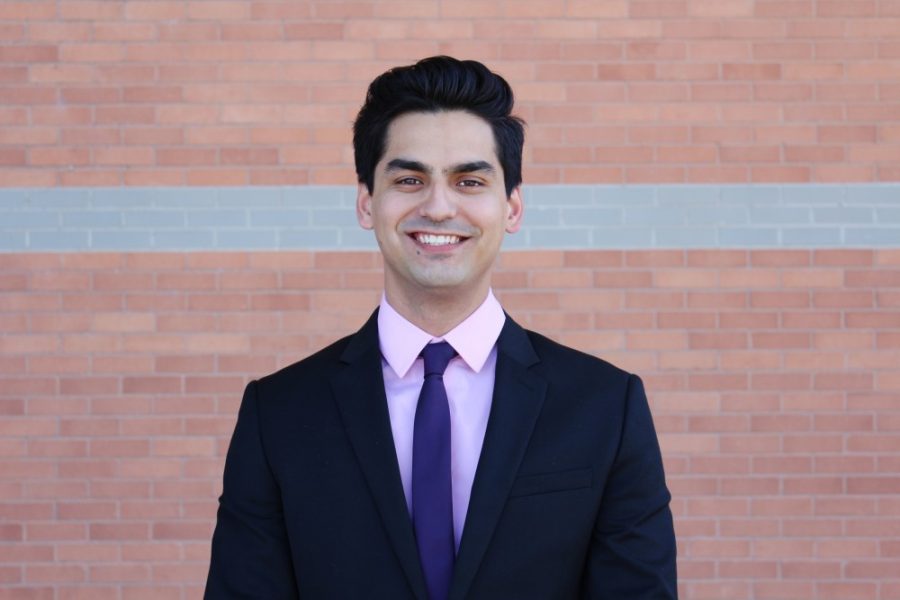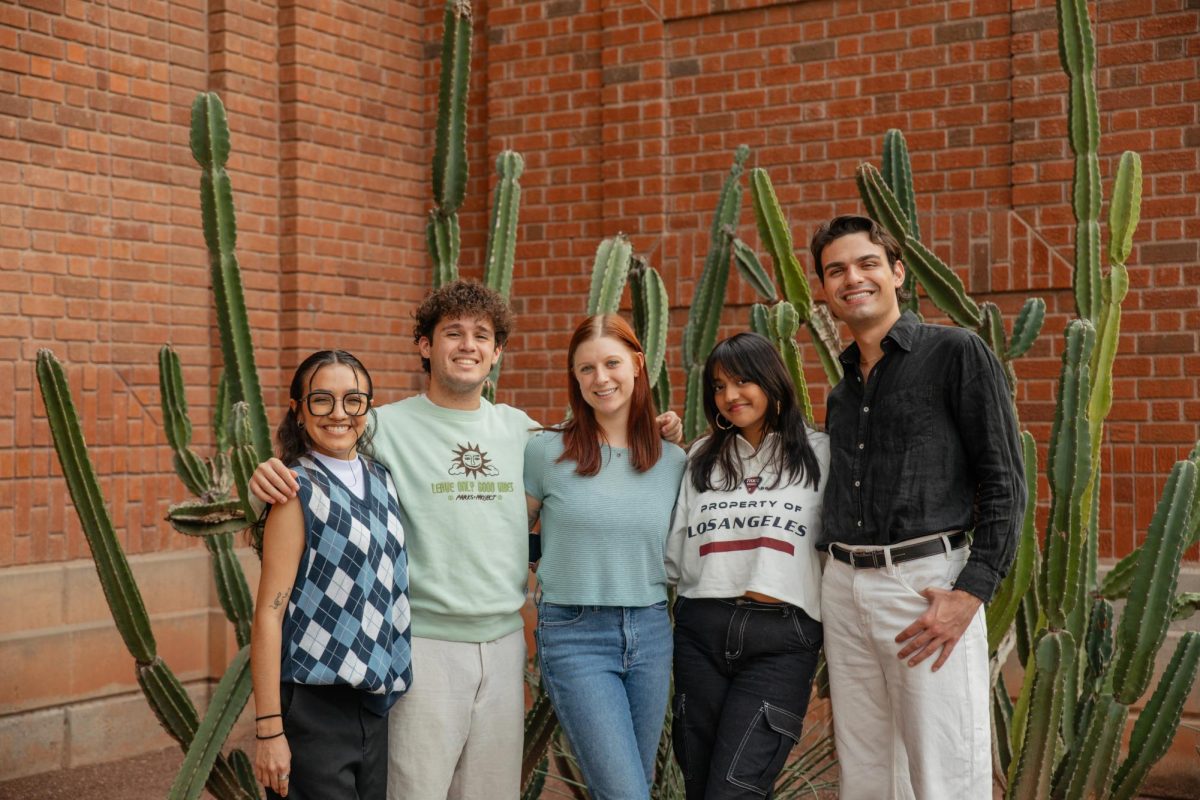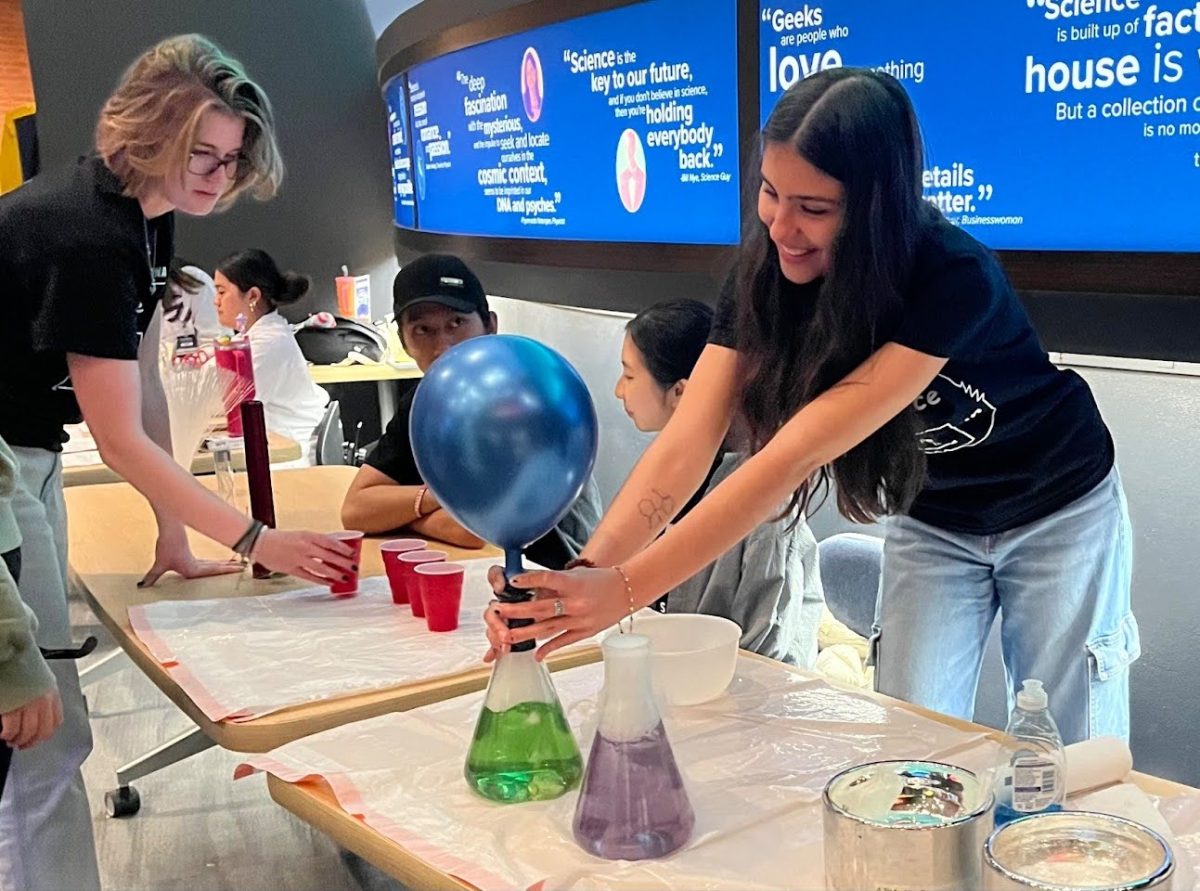Martin Galaz, a recent graduate of the University of Arizona, grew up in Hermosillo, Sonora where his interest in biomedical engineering was born from his family’s genetic tendency for orthopedic problems.
“My mother had lumbar disk hernia,” Galaz said. “She received surgery for it [but] the surgeon gave a faulty procedure. She lost sensation in her right leg. She couldn’t walk or drive, and had bad spasms during the day.”
Ever since middle school, Galaz had been making bionic prosthetics like robotic arms because he was frustrated with his inability to help his mother.
“I was very involved in a world where I would see a lot of potential in the orthopedics,” Galaz said. “As I kept going with my education, I realized that’s what I wanted to do. It’s my biggest passion in the medical field to help others.”
Galaz said even though he knew he wanted to help others through medicine, he faced some challenges in the beginning.
“My first years of college I came with fewer resources, I had the choice between UA and Pima [Community College],” Galaz said. “Coming into college in the U.S. from Mexico was a big transition. I decided to take it slow at the beginning.”
After attending Pima Community College for two years, studying biomedical engineering, Galaz transferred to the UA’s College of Engineering. From there, he didn’t take it slow.
RELATED: UA community collaborates on growing sustainable campus
This past May, Galaz applied his skills and passion at the College of Engineering Design Day. His team’s project was to create an un-powered lower-body exoskeleton that would cost less than the current models on the market.
Galaz was lead designer for the Lightning Legs project, an exoskeleton to be designed UA student especially for Jeffrey Bristol. Bristol has cerebral palsy, which makes it difficult for him to walk.
“When I saw the exoskeleton project, I said to myself I don’t care what it is, I’m going to go for it, because this is what I want to do,” Galaz said. “It was the most passionate thing for me.”
Bristol needed a frame that was lightweight and would allow him to stand up straight and, little by little, work his muscles, to develop them with physical therapy.
“We went to Phoenix to a neurological institute that had a powered exoskeleton,” Galaz said. “He would put it on and walk around so we could see what we needed to achieve with our project.”
Again, Galaz’s frustration with the problems in current models helped drive him forward.
“[Bristol] was consciously trying to fight back the powered exoskeleton,” Galaz said. “It was frustrating for him to do that. He needed the assistance of three people to wear the exoskeleton.”
The Lightning Legs team achieved the criteria of having a low weight, rigid and strong frame. According to Galaz, Bristol eventually won’t need the exoskeleton anymore. He will further develop his muscles with other kinds of physical therapy.
“Our exoskeleton is already filling its purpose, it’s allowing Jeffery to have autonomy of his movements,” Galaz said. “He has gained a lot of control of his balance. Before the exoskeleton he would have such a hard time walking straight.”
Although Galaz said the design isn’t perfect, it still allowed for Bristol to progress.
“It’s incredible how much Jeffrey has progressed,” Galaz said. “I visited him last month, and saw that it’s not perfect, but he can stand up on his own, and walk by himself. There has been exponential progress.”
RELATED: Water purification truck works to show safety of purified waste water
Galaz said the project was limited by how much the frame was going to weigh, but it still had to have the strength and lateral stability. Galaz collected data, acting as the team’s guinea pig, by using spring gauges to analyze where the most force would be applied in such a design.
The team then had to make sure the skeleton would be comfortable for Bristol as well, meaning straps and cushions for the exoskeleton. Galaz said staff from the Agricultural and Biosystems Engineering Fabrication Shop and Laboratory put a lot of effort into providing the team with the feedback to provide the best exoskeleton possible. Because of their input and work, Galaz included them as part of the project credits.
The team also had to work with financial constraints, which affected the kind of metal they could use.
“We realized that building the skeleton out of aluminum was lightweight and strong, but expensive,” Galaz said.
Based off the Lightning Legs team’s lab time, other costs had to be factored in for machine shop work, but Galaz said it was all worth it.
“We all knew we were doing a project that was significant,” Galaz said. “Without [Bristol] it would’ve been impossible because the project was all about helping him.”
Galaz now works at Zimmer Biomet, an orthopedics company. He oversees the manufacture and design of their newest prosthetics, while examining their old models, allowing him to put his passion for helping others into practice.
Follow The Daily Wildcat on Twitter









